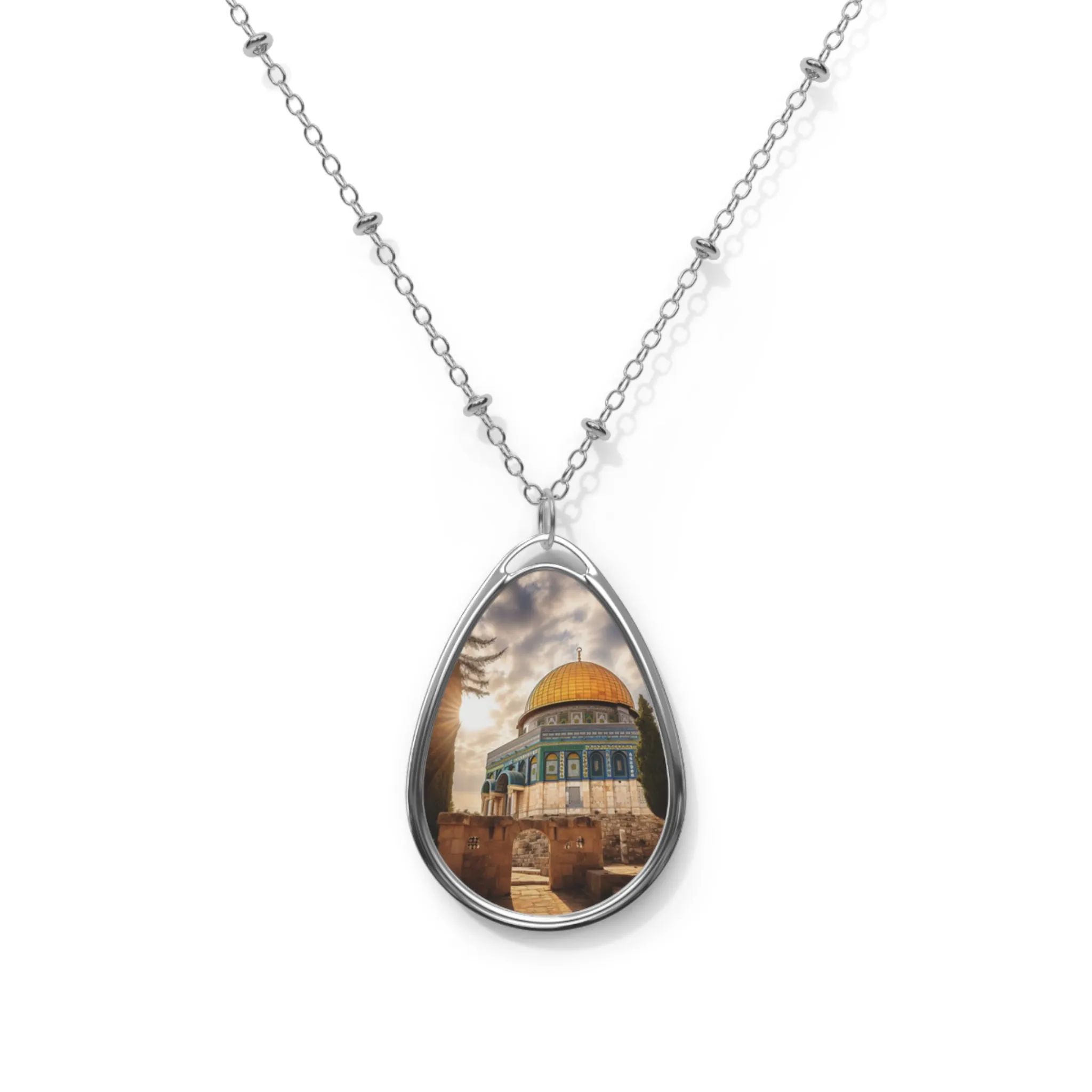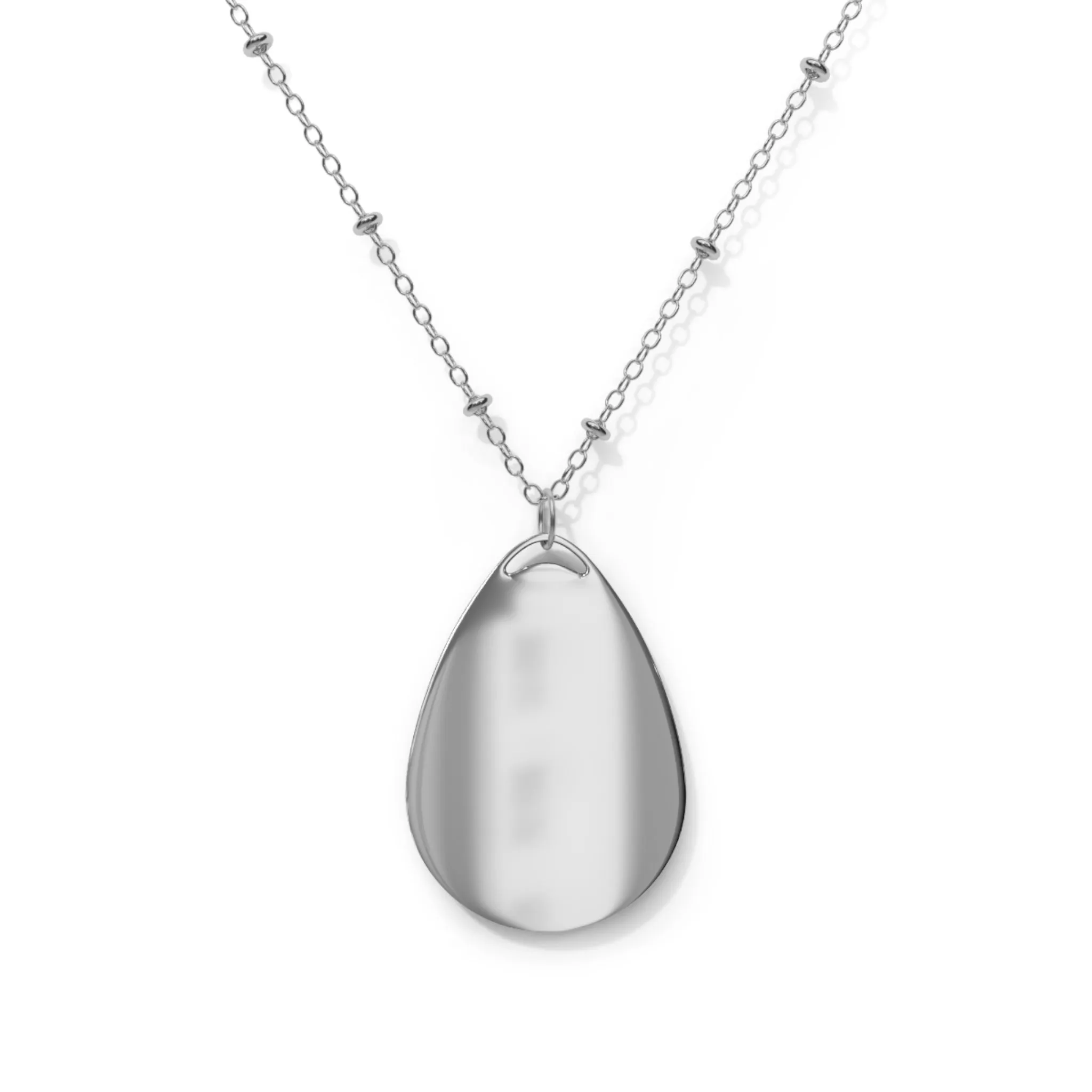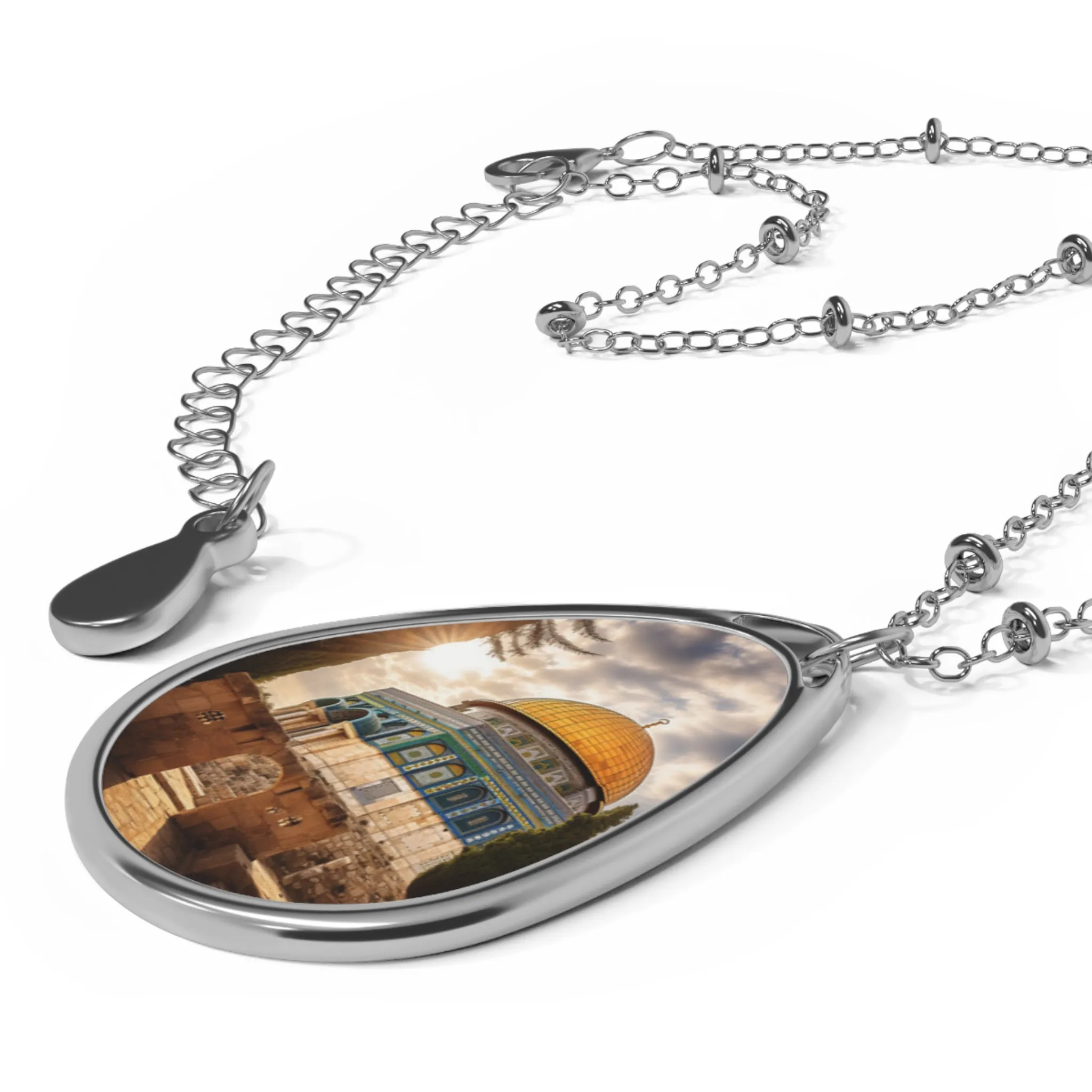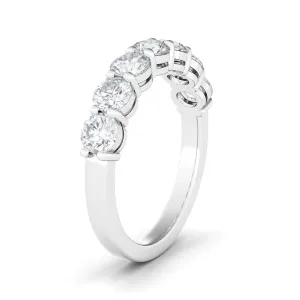Details:
.: Zinc alloy pendant and necklace chain
.: Ellipse-shaped pendant
.: White aluminum print surface
| One Size | |
|---|---|
| Pendant height, in | 1.50 |
| Pendant width, in | 1.00 |
| Chain length, in | 20.47 |
An oval necklace is a type of jewelry featuring a pendant shaped like an oval. Here's a breakdown of its key characteristics:
Shape and Style:
- Classic and Elegant: The oval shape is inherently timeless and elegant, making these necklaces suitable for both formal and casual occasions.
- Versatility: Oval necklaces come in various sizes, from dainty and minimal to statement pieces. They can be adorned with gemstones, engravings, or left plain, offering options for diverse styles.
- Flattering Shape: The oval shape is generally considered universally flattering, as it visually lengthens the neck and complements various face shapes.
Materials and Design:
- Gemstones: Oval-cut gemstones like diamonds, sapphires, emeralds, or rubies are popular choices for oval necklaces, adding a touch of luxury and sparkle.
- Precious Metals: Oval pendants are often crafted from precious metals like gold, silver, or platinum, further enhancing their elegance and value.
- Minimalist or Detailed: Designs range from simple and minimalist oval pendants to more elaborate pieces with intricate settings, engravings, or additional embellishments.
Choosing the Right Oval Necklace:
- Consider the Occasion: For formal events, a larger gemstone or a more intricate design might be appropriate. For everyday wear, a smaller, simpler oval pendant could be a better choice.
- Personal Style: Think about your personal preferences. Do you prefer classic and understated pieces or bolder, statement-making jewelry?
- Budget: Oval necklaces can range in price depending on the size and quality of the gemstone, the type of metal used, and the overall design complexity.
Overall, oval necklaces are a timeless and versatile jewelry piece that can elevate any outfit. Their classic shape, diverse design options, and ability to showcase beautiful gemstones make them a popular choice for many.
Necklace chains are the foundation of many pendant necklaces, providing the structure to hold and display the pendant. They come in a vast array of styles, materials, and thicknesses, each offering unique characteristics and aesthetic qualities. Here's a breakdown of key points to consider when choosing a necklace chain:
Types of Necklace Chains:
- Classic Chain Styles:
- Cable Chain: A common and versatile choice, featuring oval links that lie flat against the skin.
- Box Chain: Similar to a cable chain but with square links, offering a slightly more substantial look.
- Curb Chain: Flattened oval links that create a smooth, continuous appearance.
- Wheat Chain: Alternating round and oval links woven together, creating a textured and slightly more intricate look.
- Figaro Chain: A variation of the curb chain with a pattern of 2-3 short links followed by a longer one.
- Other Popular Styles:
- Rope Chain: Twisted metal strands resembling a rope, offering a bold and textured look.
- Snake Chain: Smooth, flexible chain with tightly woven links that glide easily through the clasp.
- Ball Chain: Small, round beads strung together, creating a delicate and playful look.
- Paperclip Chain: Flat, elongated links resembling paperclips, offering a modern and geometric aesthetic.
Material:
- Precious Metals: Gold, silver, and platinum are popular choices, offering timeless elegance and durability.
- Stainless Steel: A popular and affordable option, known for its resistance to tarnishing and hypoallergenic properties.
- Leather: Provides a natural and organic look, often used for bolder statement pieces.
Length and Thickness:
- Length: Necklace chains come in various lengths, from chokers (short and tight around the neck) to long, opera-length styles. The ideal length depends on personal preference, the size of the pendant, and the desired look.
- Thickness: Chains range from delicate and thin to thick and chunky. The thickness can influence the overall weight, style, and statement of the necklace.
Choosing the Right Chain:
- Pendant Compatibility: Consider the size, weight, and style of your pendant. A delicate chain might not be suitable for a heavy pendant, and vice versa.
- Personal Style: Do you prefer classic and understated chains or bolder, statement-making pieces?
- Occasion: Formal events might call for a more delicate chain in a precious metal, while casual settings could allow for bolder styles or materials like leather.
By considering these factors, you can choose a necklace chain that perfectly complements your pendant and personal style.














